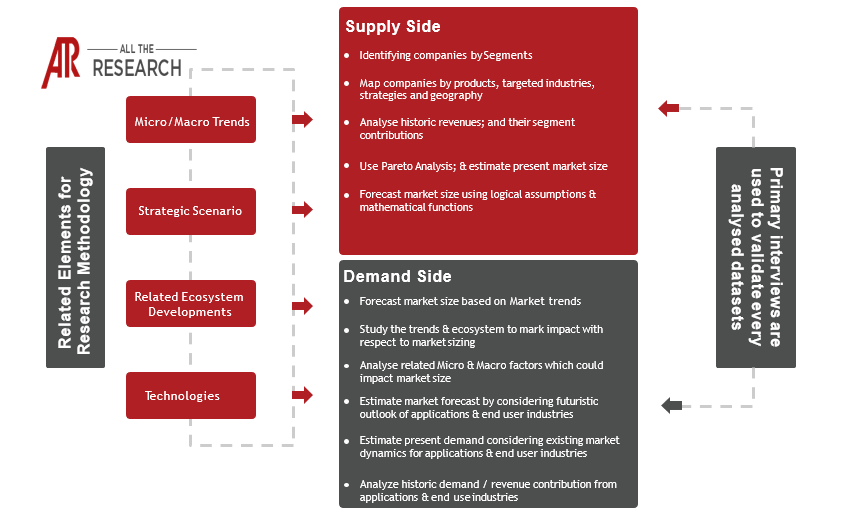The Location-Based Marketing (LBM) market is experiencing robust growth, fueled by the increasing proliferation of mobile devices, the rise of geo-social networking, and advancements in data analytics. This dynamic sector, encompassing technologies and strategies that leverage geographical data to deliver targeted marketing messages, is poised for continued expansion. This report delves into the multifaceted aspects of the LBM market, providing a comprehensive analysis of its current state, future prospects, and key influencing factors.
Key Definitions:
At its core, LBM utilizes geographic information, often obtained through GPS, Wi-Fi, cellular triangulation, and Bluetooth beacons, to tailor marketing efforts based on a user's real-time or historical location. Key components include:
Market Dynamics and Drivers:
The LBM market is driven by several key factors. The increasing smartphone penetration and mobile internet usage worldwide create a massive audience for location-based services. The growing popularity of geo-social networks like Facebook, Instagram, and Snapchat encourages location sharing and fosters personalized marketing experiences. Furthermore, the rise of e-commerce and the need for omnichannel strategies has significantly accelerated the demand for LBM solutions to drive foot traffic to physical stores and bridge the gap between online and offline experiences. Advances in data analytics and Artificial Intelligence (AI) enable more sophisticated segmentation and personalization of marketing messages, enhancing campaign effectiveness.
Challenges and Restraints:
Despite its promising growth, the LBM market faces certain challenges. Data privacy concerns are paramount, with consumers increasingly wary of how their location data is collected and used. Regulatory scrutiny is intensifying, with regulations like GDPR and CCPA impacting data collection practices and demanding greater transparency and consent mechanisms. Accuracy and reliability of location data can vary, particularly indoors, which can negatively impact campaign performance. The cost of implementation and maintenance of LBM technologies, especially beacon infrastructure, can be a barrier to entry for some businesses. Competition and market fragmentation also add complexity.
Regional Trends:
The LBM market exhibits distinct regional trends. North America currently holds a significant market share, driven by high smartphone penetration and early adoption of location-based services. Europe is experiencing strong growth, influenced by GDPR and a focus on data privacy. Asia-Pacific is a rapidly expanding market, fueled by the massive user base in countries like China and India, along with the widespread adoption of mobile payments and e-commerce.
Regulatory Focus:
The regulatory landscape is rapidly evolving. Governments worldwide are implementing stricter data privacy regulations. This includes emphasizing user consent, data minimization, and data security. Companies must ensure compliance with these regulations to avoid penalties and maintain consumer trust. Furthermore, there's a growing focus on transparency, allowing users to understand how their location data is being used and offering them options to control their privacy settings.
Major Players:
The LBM market is characterized by a mix of established players and emerging startups. Key players include major technology companies like Google, Apple, and Facebook, who leverage location data within their platforms to offer advertising and marketing solutions. Other significant players include specialized LBM solution providers such as HERE Technologies, Foursquare, Bluedot, and PlaceIQ. The competitive landscape also includes numerous smaller companies focusing on niche applications and specific industries.
Trends in M&A, Fund Raising, etc.:
The LBM market has witnessed increased merger and acquisition (M&A) activity as established players acquire smaller companies to expand their capabilities and gain access to innovative technologies. The growth of the market has also attracted significant investment, with funding rounds focused on enhancing existing technologies, developing new applications, and expanding market reach.
Future Outlook and CAGR:
The Location-Based Marketing market is projected to continue its upward trajectory. Driven by the key market drivers, the industry's compound annual growth rate (CAGR) is projected to be strong across the forecast period. As technologies advance, data privacy concerns are addressed, and businesses recognize the value of targeted marketing, the LBM market is poised for continued growth and innovation. This will contribute to enhanced consumer experiences and business outcomes, making it a crucial element in the future of marketing.
The Report Segments the market to include:
By Application:
By Component:
By Technology:
By Deployment Mode:
By Organization Size:
By Region:

Ask for free product review call with the author

Share your specific research requirements for a customized report

Request for due diligence and consumer centric studies

Request for study updates, segment specific and country level reports
By Application:
By Component:
By Technology:
By Deployment Mode:
By Organization Size:
By Region:
Location-Based Marketing Association (LBMA) Events: (Various webinars and events throughout the year; check their website for specific dates and topics, including topics on emerging tech, ethics, and industry trends).
Mobile World Congress (MWC): (Barcelona, Spain - Late February/Early March 2025): Focuses on mobile technology and its impact on various industries, including location-based services.
Geo-Enabled Marketing Forum: (Location and Dates Vary - Throughout the year): A series of webinars and online events, tailored to the geo-marketing industry, including location-based advertising, spatial analytics, and geospatial technologies.
Retail's Big Show (NRF): (New York City - January 2025): While primarily retail-focused, it often features sessions and exhibitors relevant to location-based marketing in retail.
AdTech Events: (Various locations and dates globally - throughout the year): Focus on advertising technology, including location-based advertising and programmatic.
MarTech Conferences: (Various locations and dates globally - throughout the year): Focus on marketing technology, including location-based marketing automation, data, and analytics.
Local Search Summit: (Multiple Dates and locations - throughout the year): Provides information on local search, SEO, and online marketing that incorporates location-based information.
Geolocation World: (Online - Recurring): Provides insights, training, and networking opportunities related to mapping and location-based technologies.
